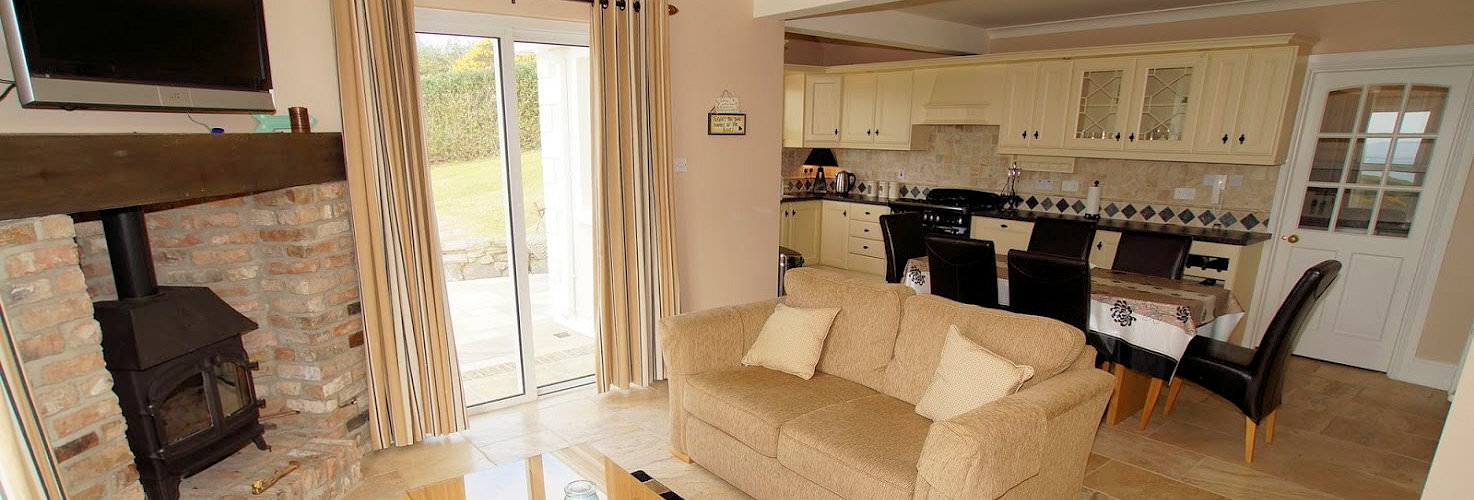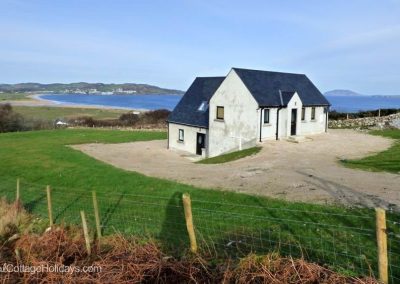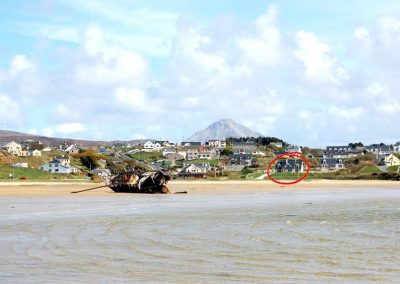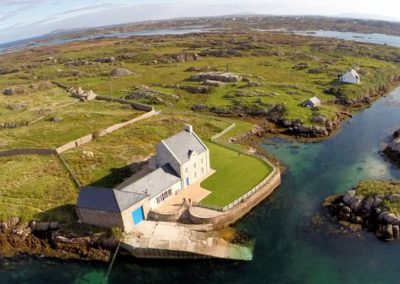
Armagh City Holiday Homes
Armagh has been the spiritual capital of Ireland for over 1,500 years. Today this ancient religious site of worship of both Celtic paganism and Christianity is the seat of both Protestant and Catholic archbishops. Armagh is known as the City of Saint Patrick and the Ecclesiastical Capital of Ireland where Saint Patrick chose the ancient hilltop of Armagh to build his first stone church in 445AD.
The Armagh of today is a unique city steeped in history, culture and folklore. The name Armagh is derived from the Irish language ‘Ard Macha’, or ‘Macha’s Height’.
Armagh was established around 500BC after the pagan queen who recognized the security of a steep sided hill, and built a fortress where the present Church of Ireland Cathedral is now situated.
The city is home to the Armagh Observatory, founded in 1790, and to the Armagh Planetarium, established in 1968 to complement the research work of the Observatory. Among the city’s chief glories is the public library on Abbey Street.
Founded in 1771 the library is especially rich in 17th and 18th century English books, including Dean Jonathan Swift’s own copy of the first edition of his Gulliver’s Travels with his manuscript corrections
In the heart of Armagh City, the Market Place Theatre has won a reputation for producing the finest in drama, music and the performing arts throughout Ireland and further afield. The visitor can discover the history of Ireland’s most ancient city in the 9th century Book of Armagh at the fabulous Saint Patrick’s Trian Visitor Complex,
Two miles west of the city is the great mound of Navan Fort, stronghold of the kings of Ulster from 700 BC. Navan Fort is the origin of a world renowned series of stories known as the Ulster Cycle.
The stories recall ancient Irish legends, such as Cu Chulainn, King Conor, Deirdre of the Sorrows and recounts famous battles like the Cattle Raid of Cooley. Brian Ború, the High King of All Ireland camped at Navan Fort during his visit to Armagh to make offerings to the Church and was buried in the grounds of the Church of Ireland Cathedral after the Battle of Clontarf in 1014AD.




